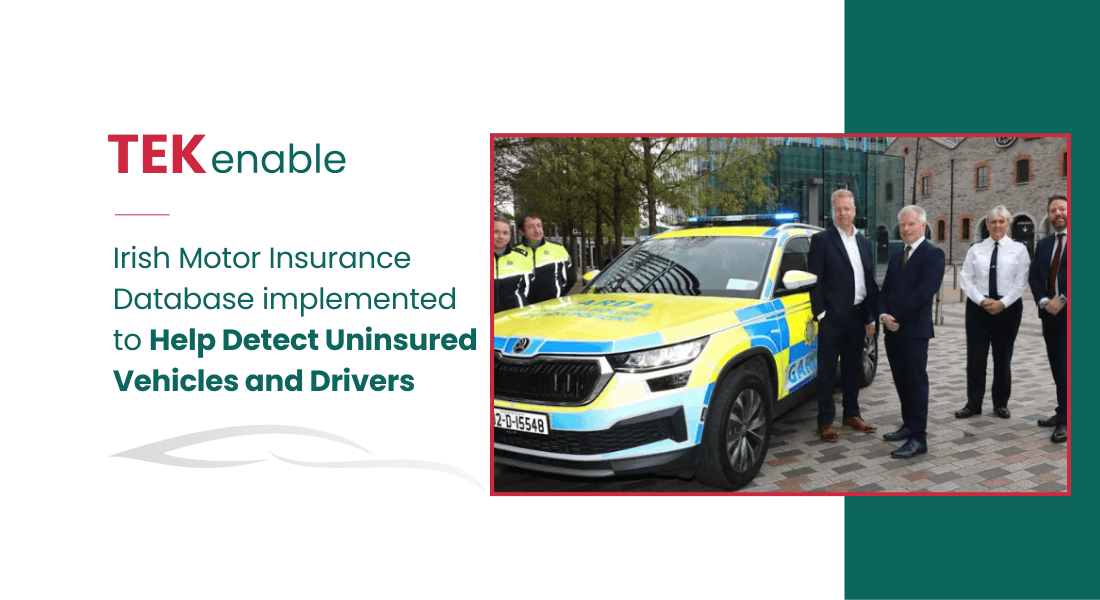Delivering agility in a time of great change

The digital transformation process will have a tremendous impact on IT infrastructure. But at its heart the transformation should be about the business, not the technology
JASON WALSH – AUTHOR AT BUSINESS POST
Though the term did not then exist, arguably the very first digital transformations that businesses underwent were with the introduction of data processing in the 1950s, with the leasing of LEO, the J Lyons cake company computer, and, later, Dragon Data profiting handsomely from automating processes for businesses not rich enough to own their own computer. Which was most of them, frankly. In Ireland, progress came when the Irish Sugar Company introduced a batch processing system, functional by 1960, for tabulating payments to sugar growers. Two decades later, a much more thorough digital transformation got under way when the offspring of the pocket calculator, the personal computer, started to make its way into offices.
The era of the PC may seem like yesterday, but more time has passed between the introduction of the 8- and 16-bit microcomputers than between the days when a cake company made money by leasing its computers’ downtime and the day the first fingers were laid on devices we would today recognise as computers.
CPUs have become faster, storage capacity has grown exponentially, but without a doubt the most through going change has been the internet: the impact of high-speed, two-way digital communication simply cannot be overstated. Little wonder then that today digital transformation is at the forefront of the business agenda: your customers are online, you are online, and your product or service itself, or at least support for it, is delivered online. Nick Connors, managing director of consultancy TEKenable, said the driving forces behind digital transformation were there for all to see.
“The three big reasons we see are, first of all, customer needs and customer expectations, then lockin to legacy and old technology, and the third one is security,” he said.
Customers are now driving the agenda and their base expectation is that they don’t want to wait weeks and they don’t want to spend time on the phone to call centres.
This applies to business-to-business operations, too: business customers are themselves consumers and have got used to high-quality apps and self-service portals in their personal lives.

They need immediate access, immediate answers
NICK CONNORS – MANAGING DIRECTOR TEKENABLE
This will be driven by new technologies: for example, Forrester Research said that this year would see the world of information management evolve towards intelligent content services based on artificial intelligence and adaptive cloud strategies.
There is trepidation, though. Also, this year, Gartner reported that 53 per cent of the organisations it surveyed “remain untested in the face of digital challenge and their digital transformation readiness therefore uncertain”.
One aspect of this is confusion in the face of a dizzying array of new technologies. Another is the sunk cost fallacy associated with legacy technology. Both, however, are something consultancies can help with.
On moving away from legacy technology, Connors said that while some make the argument for an ‘if-it’s-not-broke’ approach, this kind of thinking can lead to hidden costs in maintenance and inefficiency, as well as a loss of competitive advantage.
“Legacy’ is a word that is bandied around a lot, but the fundamental issue is that legacy systems cannot give you that access to information,” he said.
In such a scenario, entire teams can build up just to keep the show on the road.
“There is also the hidden cost. One business has 39 ERP systems. Did they start out on day one wanting that? No, they didn’t [but] a lot of businesses grow through acquisition, so that is how it happened,” he said.
In practical terms, the core of digital translation is the deployment of self-service for customers. Beyond that, however, is a focus on the value of data to the business.
“Data is at the heart of it all because what you’re doing is putting your data into the cloud, securing it and then you have one clean dataset: you’ve one version of the truth. There is work in that, but it creates a lot of power,” said Connors.
New technology is ‘platform as a service’. The first thing TEKenable does is to see if there is a business case for transformation.
“Before you talk about technology at all it’s important to look at the costs of the current infrastructure,” he said.
TEKenable specialises in low code development and agile delivery, which, paired with cloud services, means businesses can move away from in-house monolithic IT projects that may have been developed long in the past, in languages that are rarely used today, by staff who have since moved on or even retired.
At the same time, customised applications can still be delivered – in fact, faster and more flexibly than in the past. “ The new technology is platform as a service: it’s already there waiting for you. We’re not writing hundreds of thousands of lines of code, that’s what we used to do. Now it’s about getting the processes or functions configured,” he said.
TEKenable can and does write the code to perform custom functions, but typically at the end of a process of configuration.
“You have the power to configure it and then write code. That bespoke element makes it very powerful,” said Connors.
The proof is the speed with which complex applications can be created and deployed: TEKenable developed and rolled out the HSE’s contact-tracing software within three weeks, hooking it into eight call centres and numerous labs nationwide.
An additional advantage is that following a successful transformation a business is no longer hidebound by ossified processes. Instead, it can continue to respond to customer needs.
“You can deliver a road map for a customer. You can do it in chunks, too, you don’t have to do one big bang. A business continues to change as it grows, so that is a huge plus,” he said.





